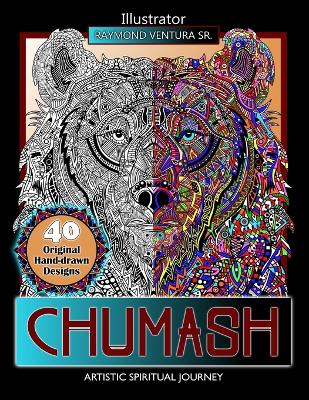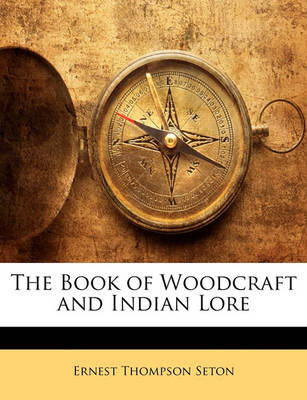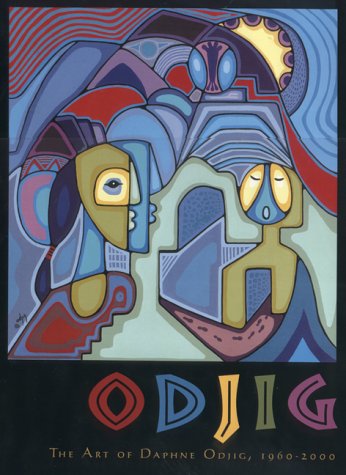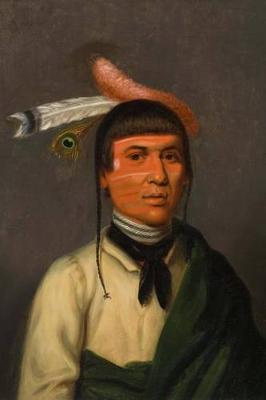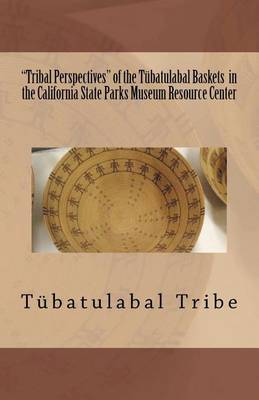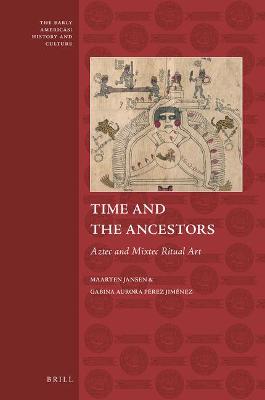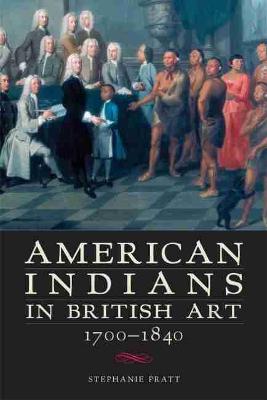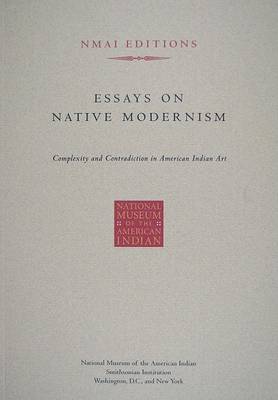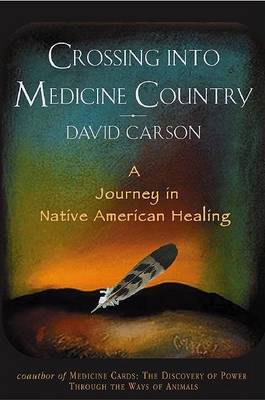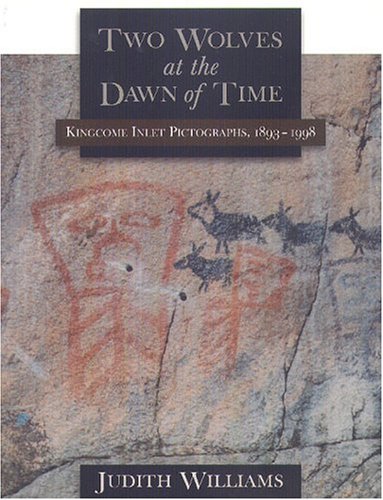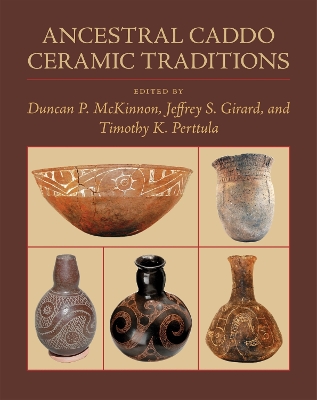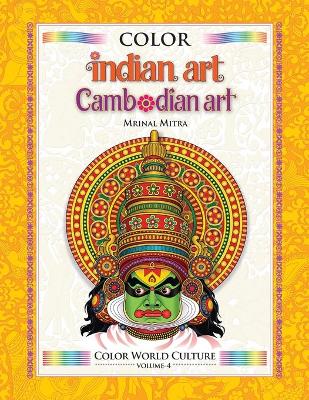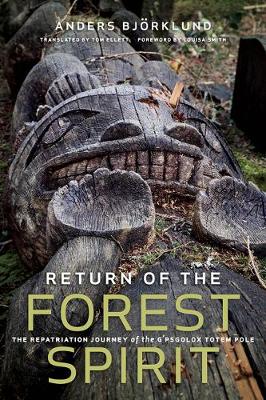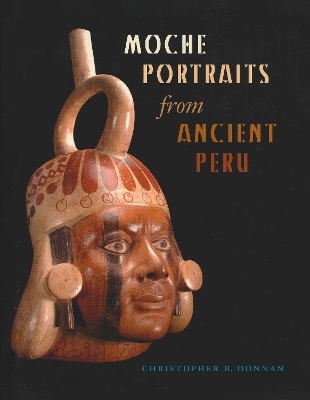A Teacher's Guide to the New Advanced Placement Art History
by Dr Rebecca R Stone
"Tribal Perspectives" of the Tübatulabal Baskets in the California State Parks Museum Resource Center
by Donna Miranda-Begay
Time and the Ancestors (Early Americas: History and Culture, #5)
by Maarten Jansen and Gabina Aurora Perez Jimenez
In Time and the Ancestors: Aztec and Mixtec Ritual Art, Maarten Jansen and Aurora Perez present new interpretations of enigmatic masterpieces from ancient Mexico. Combining iconographical analysis with the study of archaeological contexts, historical sources and living cultural traditions, they shed light on central symbols and values of the religious heritage of indigenous peoples, paying special attention to precolonial perceptions of time and the importance of ancestor worship. They decipher...
Ask anyone the world over to identify a figure in buckskins with a feather bonnet, and the answer will be ""Indian."" Many works of art produced by non-Native artists have reflected such a limited viewpoint. In American Indians in British Art, 1700-1840, Stephanie Pratt explores for the first time an artistic tradition that avoided simplification and that instead portrayed Native peoples in a surprisingly complex light. During the eighteenth century, the British allied themselves with Indian tr...
David Carson's personal story of his initiation into the mysterious healing rites of the Choctaw with medicine woman Mary Gardener. Through her teachings and his own mind-bending experiences, he gives us a glimpse into an alternate reality.
Finely decorated ceramic vessels made for cooking, storage, and serving were a hallmark of Native Caddo cultures. The tradition began as many as 3,000 years ago among Woodland-period ancestors, thrived between c. 800 and 1800, and continues today in the Caddo Nation of Oklahoma. In Ancestral Caddo Ceramic Traditions, eighteen experts offer a comprehensive assessment of recent findings about the manufacture and use of Caddo pottery, touching on craft technology, artistic and stylistic variation,...
Ancient petroglyphs and paintings on rocky cliffs and cave walls preserve the symbols and ideas of American Indian cultures. From scenes of human-to-animal transformations found in petroglyphs dating back thousands of years to contact-era depictions of eagle trapping, rock art provides a look at the history of the Black Hills country over the last ten thousand years. Storied Stone links rock art of the Black Hills and Cave Hills of South Dakota and Wyoming to the rich oral traditions, religious...
Of all the ancient civilizations that flourished in the Americas, only one perfected true portraiture of living people and produced it in quantity—the Moche who inhabited the north coast of Peru between approximately AD 100 and 800. Using the medium of three-dimensional ceramic vessels that could have contained liquid, Moche artisans typically formed the heads of the individuals they wished to portray, though sometimes they presented full figures with realistic portrait faces. Depicting an aston...

